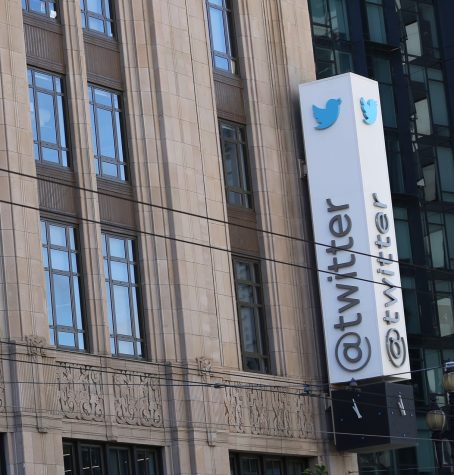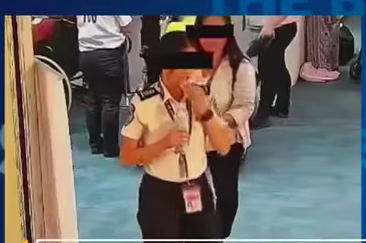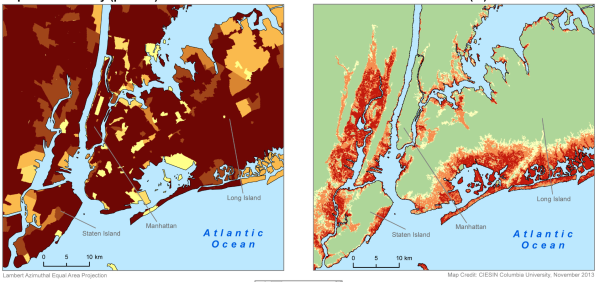Twitter’s Anti-Harassment Tools

On November 15th, after receiving months of criticism from its 317 million users, Twitter finally released a series of anti-harassment tools as an attempt to win back its platform from its trolls, making it the latest major social media company to make big changes concerning harassment and hate speech since the 2016 election.
The new tools include an improved mute filter and an updated user report service. The filter can be turned on or off in the notifications settings. According to the Twitter website, the new mute feature “filters lower-quality content, like duplicate Tweets or content that appears to be automated, from your notifications and other parts of your Twitter experience.” It now allows users to filter and hide specific phrases, keywords, usernames, emojis, and hashtags from their mentions. The company hopes to expand the filters over time to anywhere users can view their tweets, such as their timelines and their searches.
Twitter’s new mute tool also allows users to mute entire conversation threads. They will stop receiving notifications from specific threads without blocking any users or removing the threads from their timelines. Since March 2015, only verified users had the option of using a filter to moderate abusive or spam tweets. Now, after almost two years of testing, a more refined version is available to everyone. The Twitter website states that the filter improves “the quality of Tweets you see by using a variety of signals, such as account origin and behavior.” However, content from people that users follow or recently interacted with is not filtered. It is similar to Instagram’s custom and default keyword filtering, which came out earlier in September. This tool’s primary focus, besides protecting users from spoilers and distracting events on their timelines, is to shelter them from insults that may not be caught by traditional algorithms.
While the new mute feature hides abuse, the slightly tweaked user report service may actually help fix and prevent it. When users report a tweet for being “abusive or harmful,” they will now see a new option that says “It directs hate against a race, religion, gender, or orientation.” Previously, the only available reasons for reporting tweets were because the tweets were disrespectful or offensive, included private information, included targeted harassment, threatened violence of physical harm, or the person might be contemplating suicide or self-harm. Del Harvey, Twitter’s vice president of trust and safety, told CNN that, “Our hope is that by creating this option it will not only make it clearer to people that they can report this kind of content, but also make it clearer why they are reporting certain types of content.”
To better sort through the harassment reports, Twitter is adding more training for its safety team support staff that deal with them. According to the company, the safety personnel will now be required to undergo refresher programs on how hate speech evolves on social media platforms, as well as “special sessions on cultural and historical contextualization of hateful conduct.” In February, the company also established an advisory council to inform Twitter on how to handle harassment issues. These new steps are necessary, because many trolls tend to create their own abusive code words in order to bypass ordinary censors and filters. The additional training may also help employees to respond to harassment reports faster and more effectively. A recent BuzzFeed News survey of over 2,700 users “found that 90 percent of respondents said that Twitter didn’t do anything when they reported abuse.” Users are relieved that the company finally seems to be serious about solving the harassment problems on its platform.
For years, Twitter has had a difficult time trying to balance free speech while preventing trolling at the same time. While hate speech, or language meant to “harass, intimidate, or use fear to silence another user’s voice,” has always been against Twitter’s rules and policies, the 2016 presidential race caused the platform to be even more toxic toward minorities. Racist and sexist language is the most abundant form of hate on Twitter. When 19 million tweets were analyzed by specific search terms, over 7.7 million contained racial slurs. Twitter is the alt-right movement’s social network of choice, and a study by the Anti-Defamation League showed that nearly 2.6 million anti-Semitic tweets were uploaded between August 2015 and July 2016. These tweets alarmingly created more than 10 billion impressions all over the internet. “Trump,” “nationalist,” “conservative,” “American,” and “white” were the words that were most frequently used in the bios of the users sending those hateful tweets.
Twitter may have an increasingly difficult time dealing with a divisive presidency, and the alt-right trolls that are overjoyed with a Trump victory. Twitter does not expect their new changes to miraculously “remove abusive content from Twitter.” However, according to Twitter, they will continue to honor their “role in protecting your right to speak freely, and our collective responsibility to human dignity.” If some people, do not like it because it limits free speech, that is too bad.










